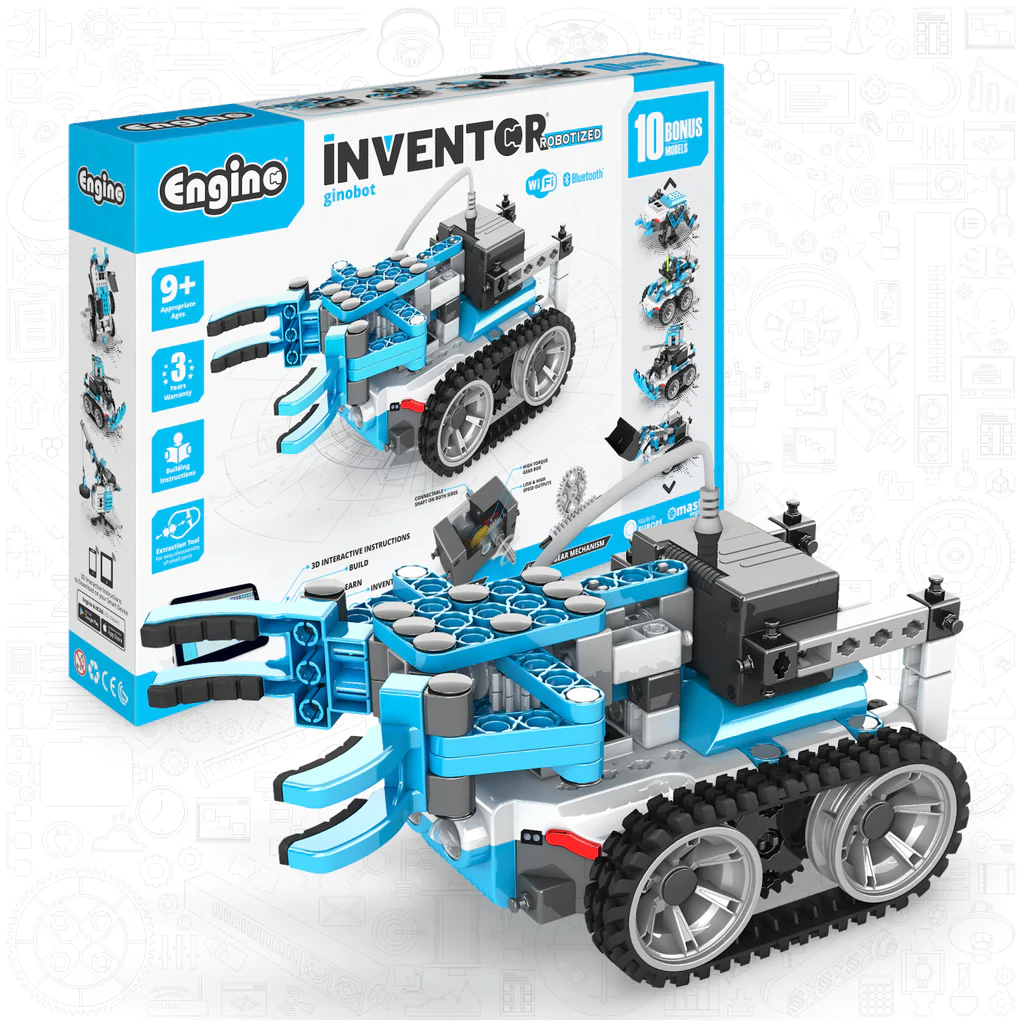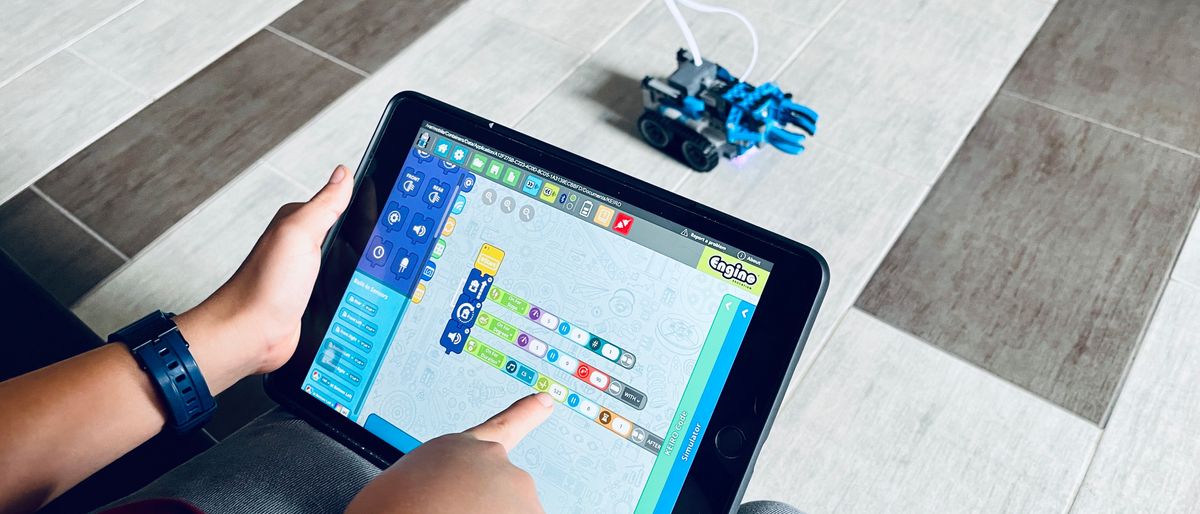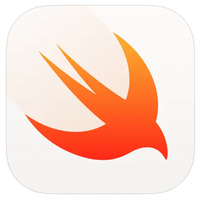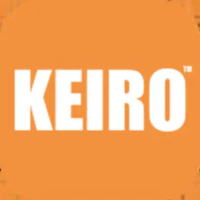For those of us raised in a world without smartphones, the internet, or laptop computers (Yes, I know my age is showing.), coding may seem complicated and challenging to learn, but it doesn’t have to be. Coding languages come much more naturally for young minds that have already been exposed to smart technology from a young age. The trick lies in how you teach it. For kids, learning is always easier when it’s fun. That’s where Apple iPad comes in.
Getting started

The quickest way to get kids started on programming is to download a fun coding app. I suggest the Swift Playgrounds platform, an Apple creation where users can learn coding through a vast library of simple lessons and activities. Here, your child will learn to code in Apple’s app-coding language, Swift, but many principles are the same as in other languages with concepts like loops, if-else statements, and functions.
Both of my kids have explored Swift Playgrounds on their best iPads and were able to master the first few lessons quickly. However, I will say that their attention spans are short. After about 20 minutes or so, they would prefer to play mindless games with friends in Minecraft, so some incentivization is required to keep them working through the activities, especially as the concepts become more complicated.
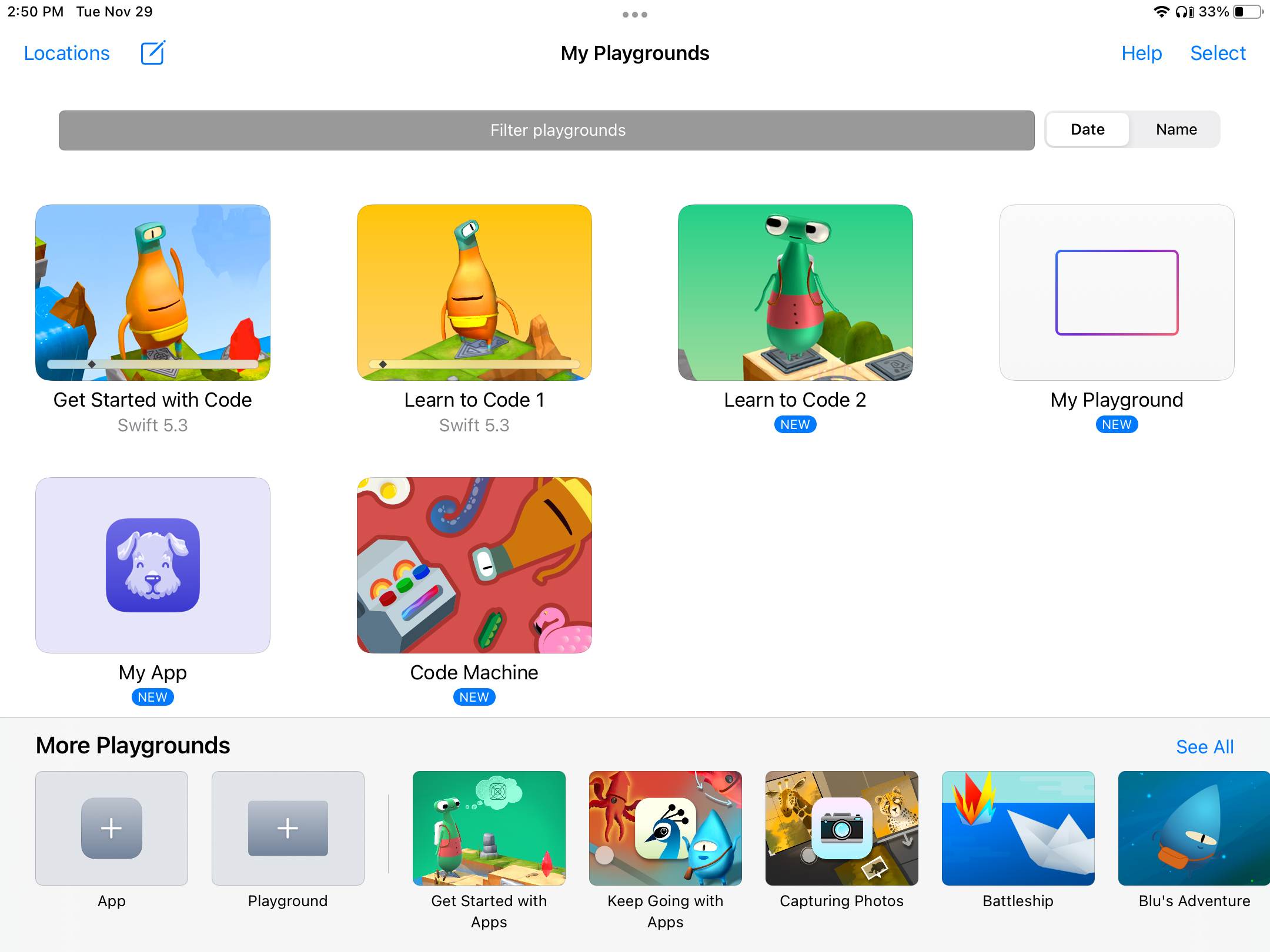
The real beauty of Swift Playgrounds is that once the coding concepts are mastered, the platform can be used to create and preview real iOS apps that can be uploaded to the Apple app store and released to the masses. It’s a truly powerful tool many adults use to learn, code, and upload apps in the Swift language. If your child has a true affinity for coding (the jury is still out on my kids), then Swift Playgrounds can be used to begin a budding career in app building! Even if they don’t get that far, I am happy knowing that my kids are exposed to various basic coding concepts that can be used across many types of coding languages.
Toys that code

A more hands-on approach for kids to learn to code is a toy that can be programmed to perform different tasks using code. In other words, some kind of robot. Several brands claim to offer this kind of toy, but many are exceedingly simple. One brand that offers a much more intensive experience is Engino. Engino has a range of robotic vehicles and toys that can be programmed using common coding commands.
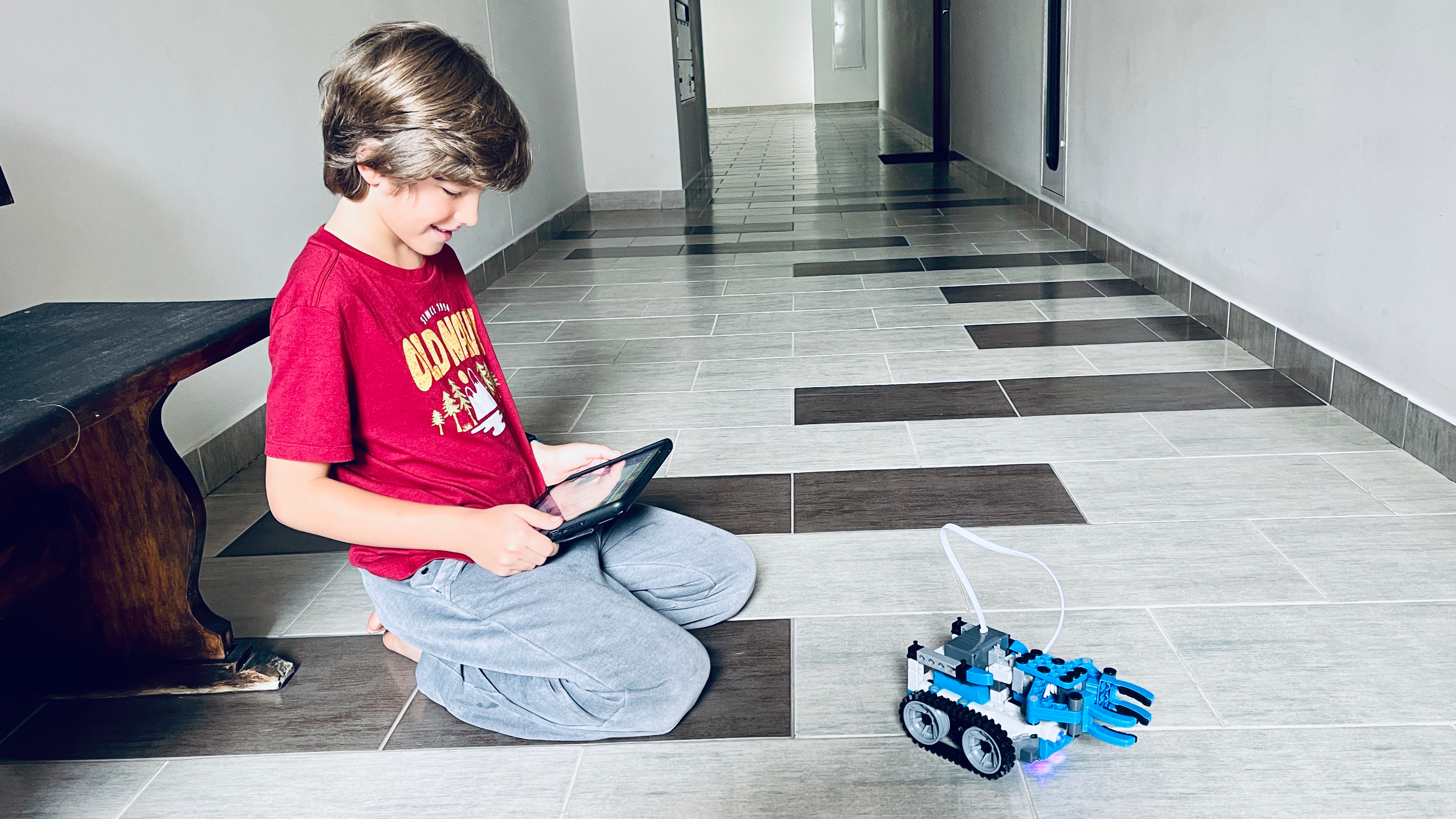
The beauty of the Engino Ginobot is that it offers many ways to play, suiting kids of different ages and capacities. First, the bot needs to be built. Any child that can handle a Lego build can put the GinoBot together, although it does take some time. Once it’s built, the child can program it in several different ways. It starts with manual hand-coding using buttons on the actual device. This is important for younger kids, like my son of eight years, so that they can see how the button commands translate to physical controls. Once the child understands how physical programming works, they can move on to virtual programming using an iPad app.
Engino has two different coding apps that work with the GinoBot. One is very simple, intended for younger kids that want a quick, easy way to control the robot. Unfortunately, we could not get the Engino app to pair with our GinoBot, so we jumped directly to the Keiro app, a much more intensive coding platform that allows the user to create sophisticated programs for the GinoBot to perform.
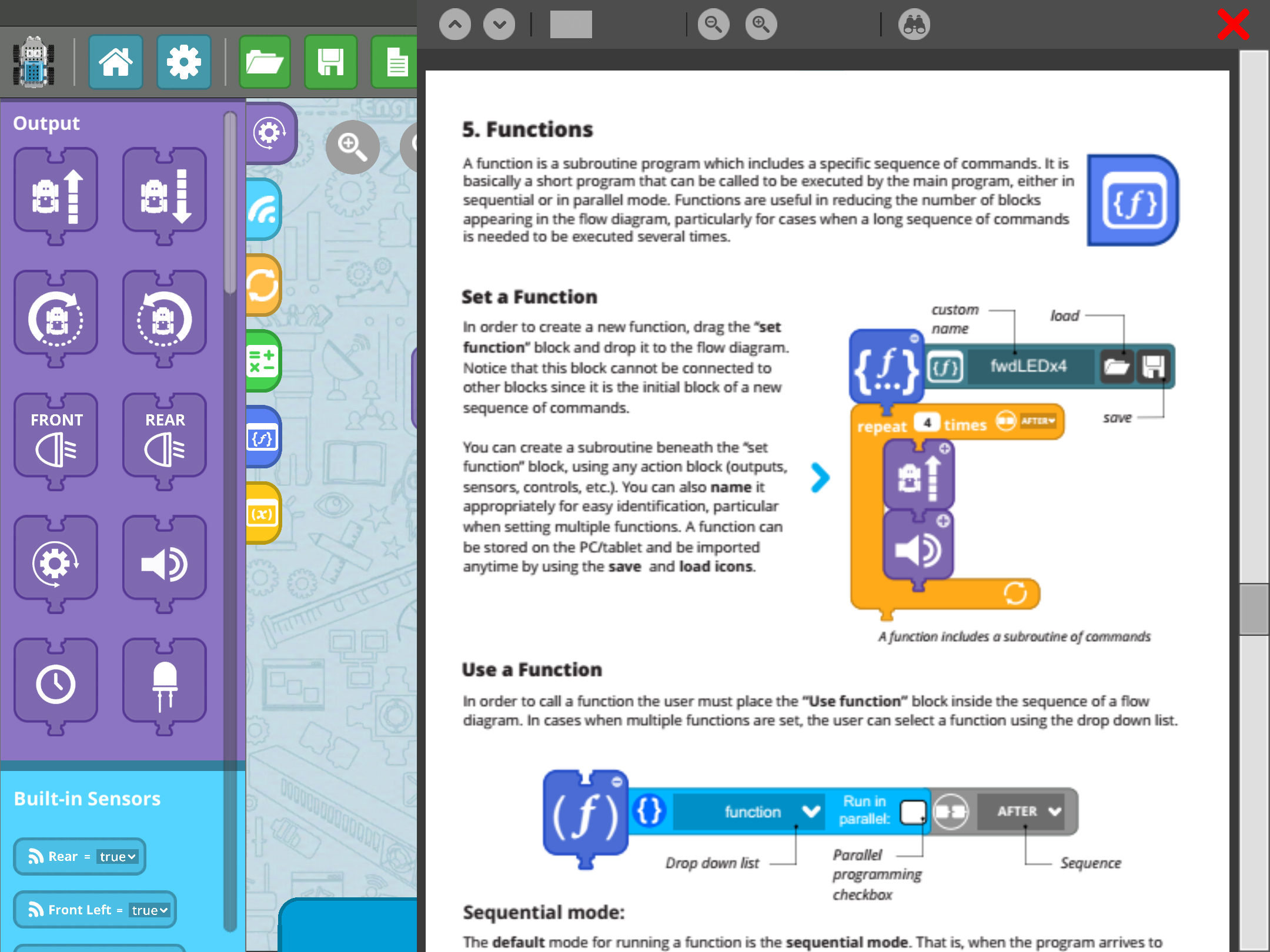
My son needed a lot of help figuring out the Keiro app because it is pretty sophisticated, but I think it would be easier for older kids and teens to understand. Like Swift Playgrounds, the Keiro app uses universal coding principles like for-loops and functions. There is a document of detailed instructions within the app, and once you get going, the programming comes to life. All the programs are created using visual widgets that can be moved, connected, and manipulated, which is great for kids. Seeing the commands laid out visually helps kids to understand how everything works together to produce a program. Once the program is finished, it can be sent to the GinoBot to perform.
The Keiro platform can be used with both iPad and Mac, and there are hundreds of different ways to manipulate the GinoBot through movement, tasks, lights, and sounds. Once a program is created, it can be saved and reused at any time. Any child with the attention span and affinity to stick with it can make the GinoBot perform any number of excellent robotic tasks. Since the Inventor Series also comes with different builds, kids can also build other models to see what each can do.
Moving forward

As I’ve already mentioned, most kids have short attention spans, so starting slow is best. Every child is different, and some will show more affinity for coding than others. Whether you’re using apps or toys, young children will likely need some help and incentives to dedicate the time required to learn more complicated coding concepts. My son shows more affinity for this than my daughter, but even he gets confused and frustrated when the content get more advanced (and his commands don’t work right!).
Incentivization works well for us. When my kids master a new concept or learn to perform a new program, I reward them with more time to play the less educational apps and games they love (but I do not.). Using this method, they have been learning all sorts of concepts that are difficult even for me to understand. After all, coding is a way of thinking as much as a language. That’s where the real benefit lies.
Even if it’s just for fun, these activities offer a promising leg-up for children that plan on going into STEM fields in the future.
For kids that do show an affinity for coding and the attention span required for advanced learning, the possibilities are endless. The Ginobot is one example of a coding toy that keeps giving. Engino offers additional attachments and hardware on their website so kids can continuously experiment with ways to program and play with their robotic toys. This is an excellent way for older children and teens to experiment with advanced coding and robotics.
On that note, Swift Playgrounds also has enormous potential for kids to program real apps and games that they can upload to the app store and share with their friends. Even if it’s just for fun, these activities offer an excellent leg-up for children going into STEM fields.
